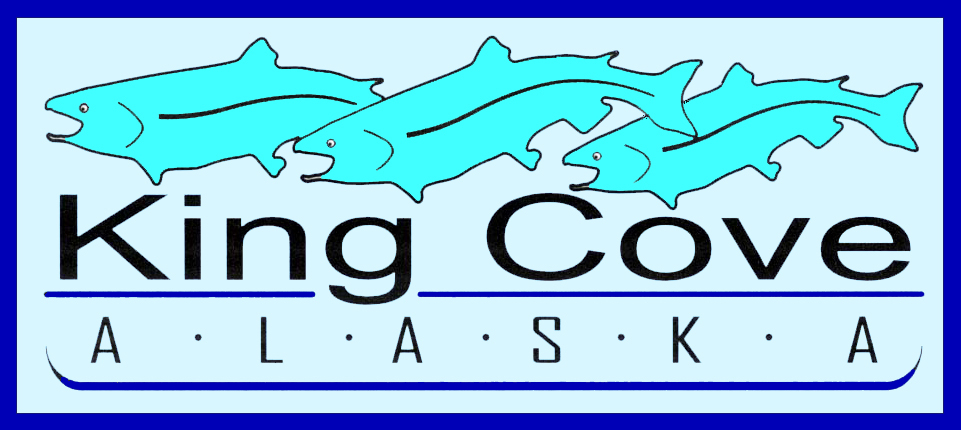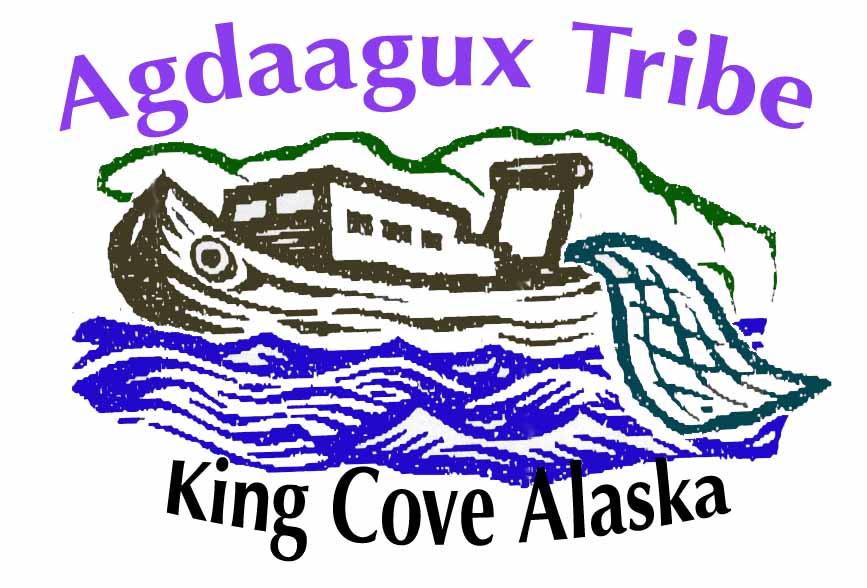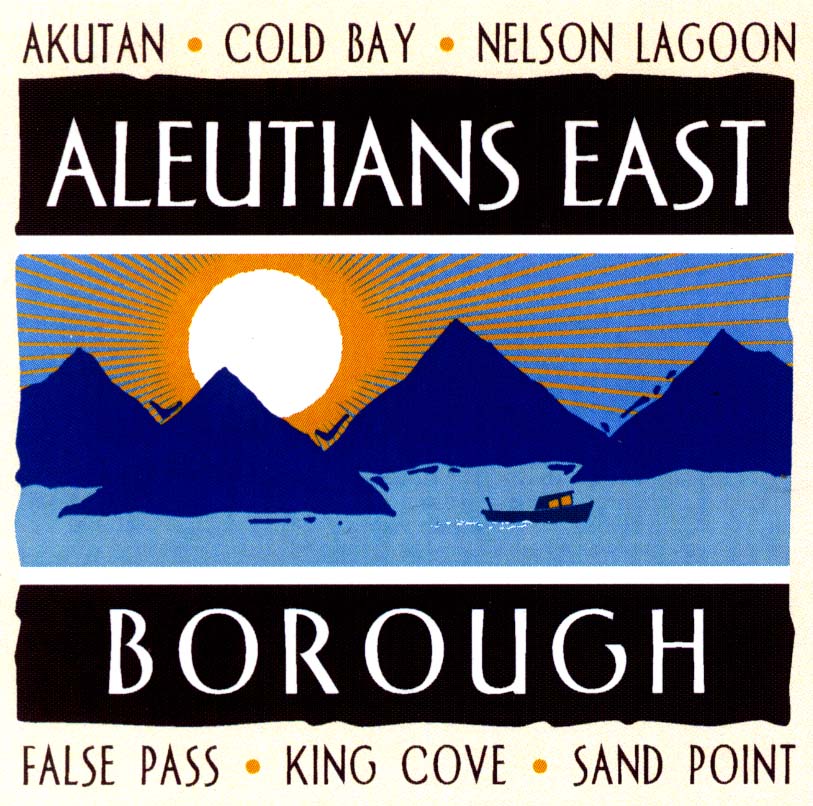 |
 |
 |
|||||||||
 |
 |
||||||||||
| izembekenhancement@gci.net | |||||||||||
|
ISSUE # 2 - Why do King Cove residents continue to believe we have not been properly and/or equitably treated on this access topic?
|
|||||||||||
| Notwithstanding a relatively large federal appropriation (which we were not even seeking) in the late 1990’s to solve SOME portion of our access problem, we do not believe we have been properly and/or equitably treated. However, we are confident that our federal Delegation in DC, along with the State of Alaska, King Cove Corporation, Aleutians East Borough, and City of King Cove, in conjunction with the US Department of Interior, are now in a position to change this dynamic. What is the source of our frustrations with this access issue? King Cove residents trace the start of this issue back to the late 1960’s and early 1970’s. At that time, the U.S. Bureau of Sport Fisheries and Wildlife sent letters to 1,292 people across the United States, Switzerland and Canada notifying them it was considering designating a “wilderness” area of 460 square miles of land at the western end of the Alaska Peninsula. King Cove residents were excluded from this process because the federal government FAILED to notify anybody in the community about this pending designation. In fact, the closest public meeting held on the issue was in Cold Bay on May 19, 1970. Adding further inequities to this action was that the timing of this meeting in May during salmon season further ensured King Cove families were unable to participate. Why did passage of the Alaska Native Claims Settlement Act (ANILCA) accentuate our frustrations? Because this monumental piece of federal legislation placed about 95% of the above-discussed Izembek National Refuge lands into a “wilderness” land status, thus barring any significant human activity, like a road corridor, from occurring on these lands. These wilderness lands effectively isolate the two communities. In retrospect, local residents eventually realized that the federal government and other Izembek Refuge user groups simply did NOT care what the area’s indigenous residents had to say about this designation. Why do these frustrations continue to linger? For many reasons, these frustrations linger. Foremost, is in knowing the federal government was able to previously adjust the “wilderness” boundaries of another road in the Izembek National Refuge for the convenience and accessibility of sport hunters and other users. We continue to be mystified why this precedence can not be extended to the residents of King Cove. Next, we continue to be frustrated because to us it seems that the TRUTH simply does not matter to those who oppose a small, regulated road corridor through a small slice of the this wilderness. Arguments about waterfowl locations and the Izembek-rich eel grass beds vis-a-vis the proposed corridor locations and the locations and movements of other wildlife in this area and their perceived conflicts with a road corridor are not consistent with the local, century-old knowledge that King Cove residents maintain. We also believe that our centuries-old culture, and the reasonable implications of our Native self-determination “rights,” (that accompany who we are and where/why we live in King Cove) should provide us with at least a similar/equal treatment to our surrounding, natural environment. Such equal treatment is usually missing as we continually deal with those who oppose our efforts. |
|||||||||||
| © 2012 Izembek Enhancement.org |
|||||||||||